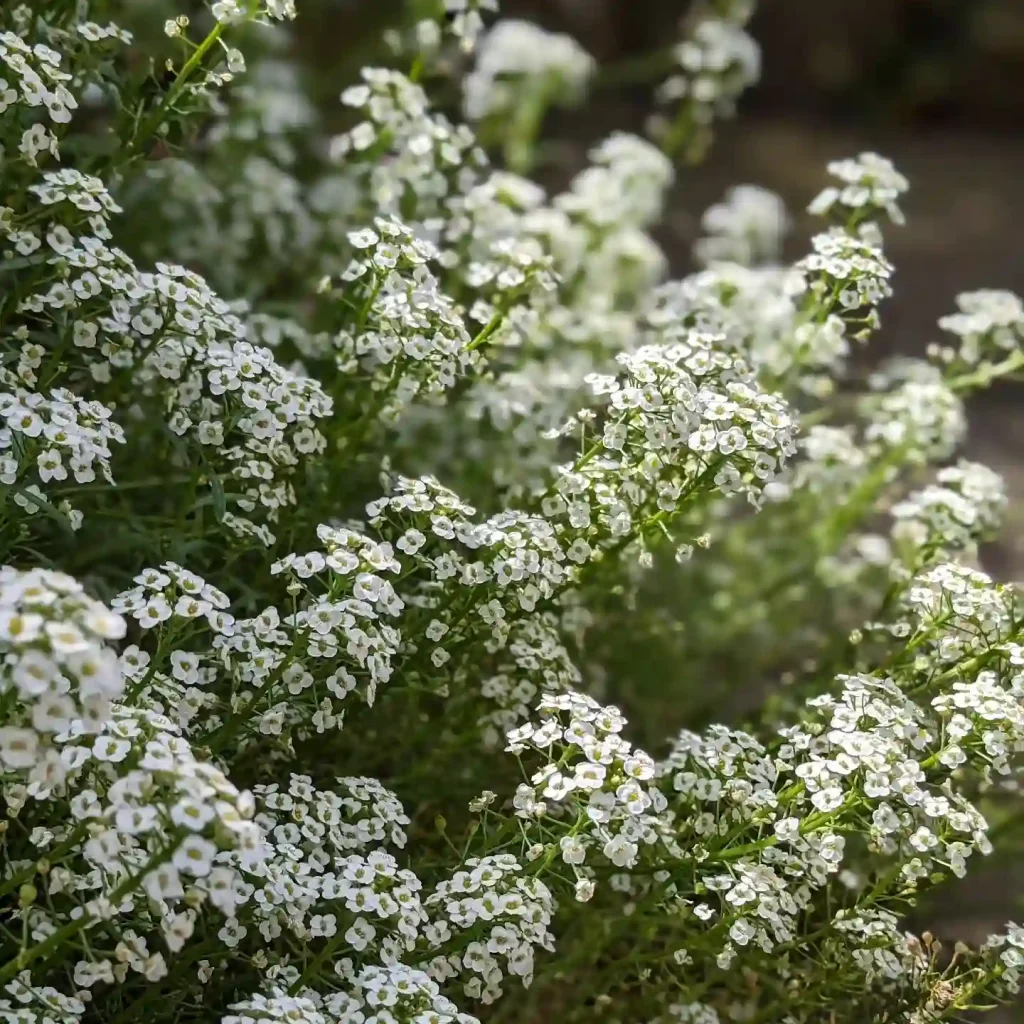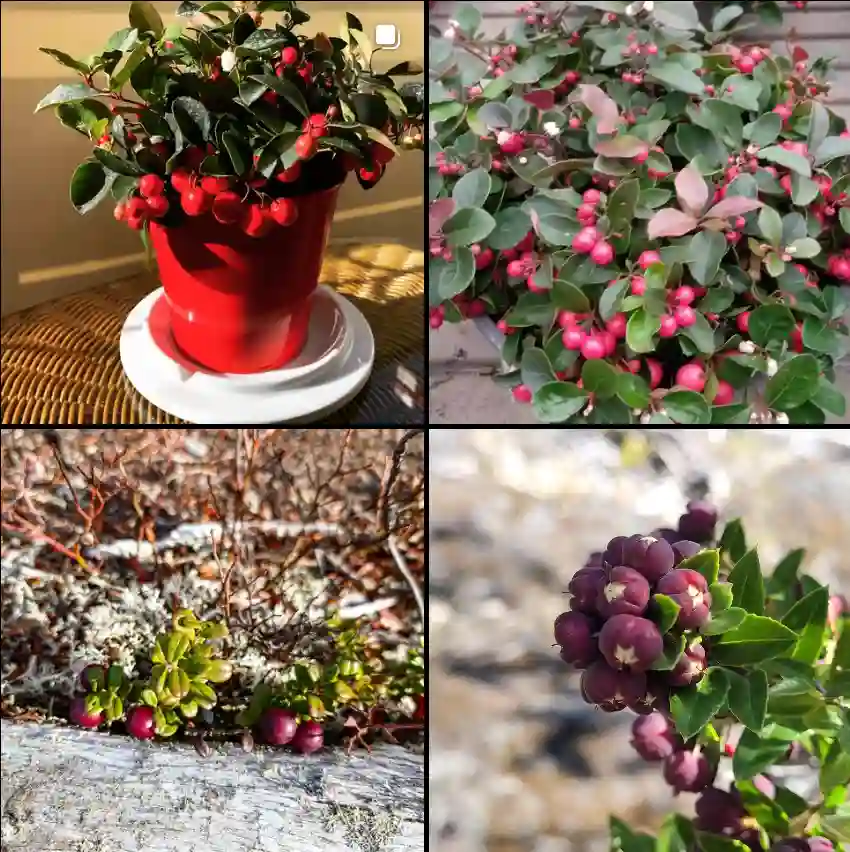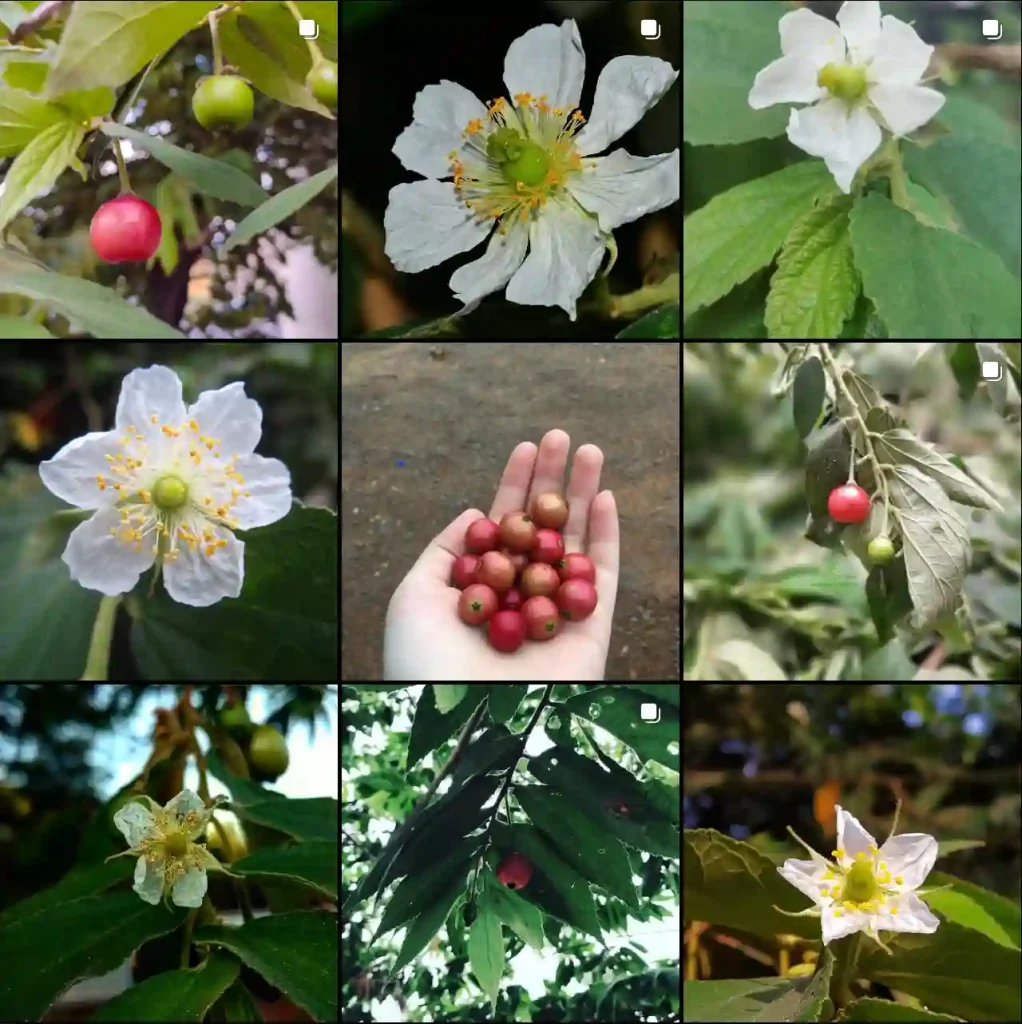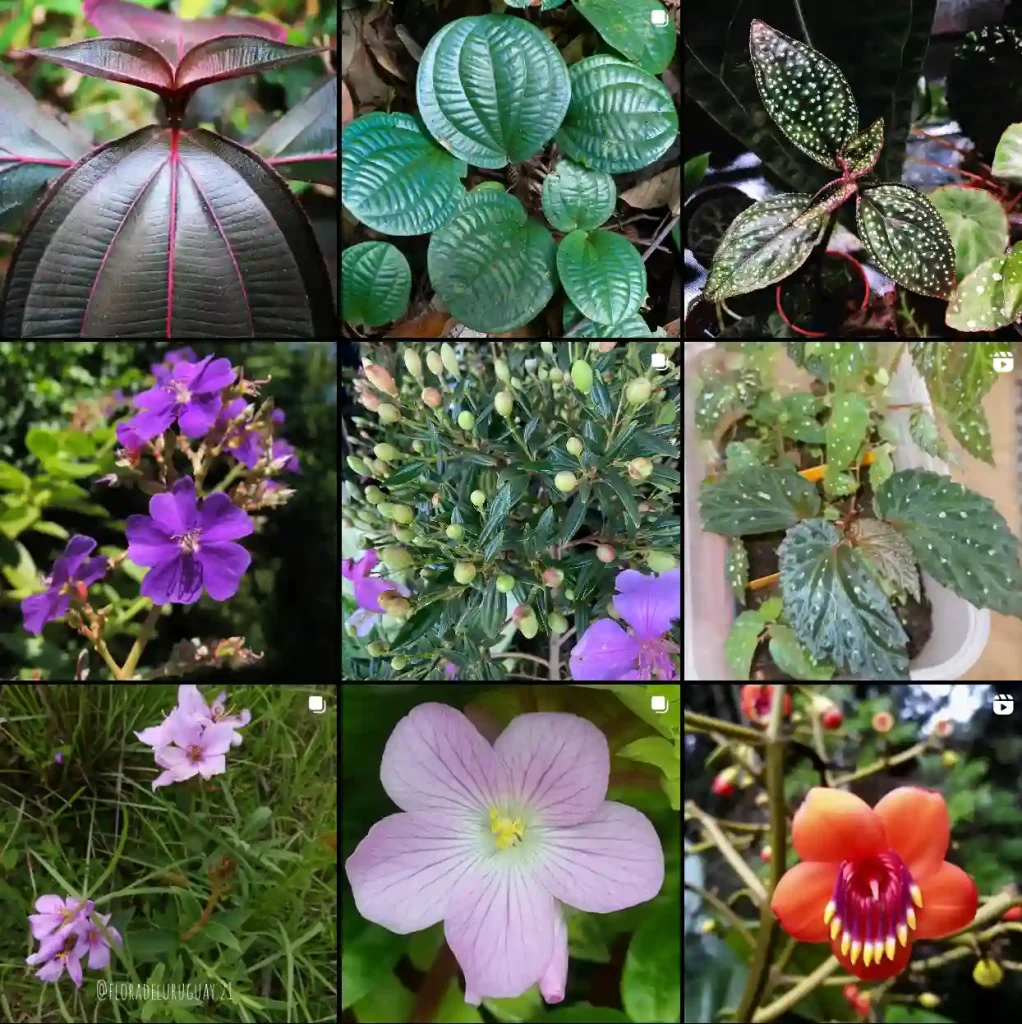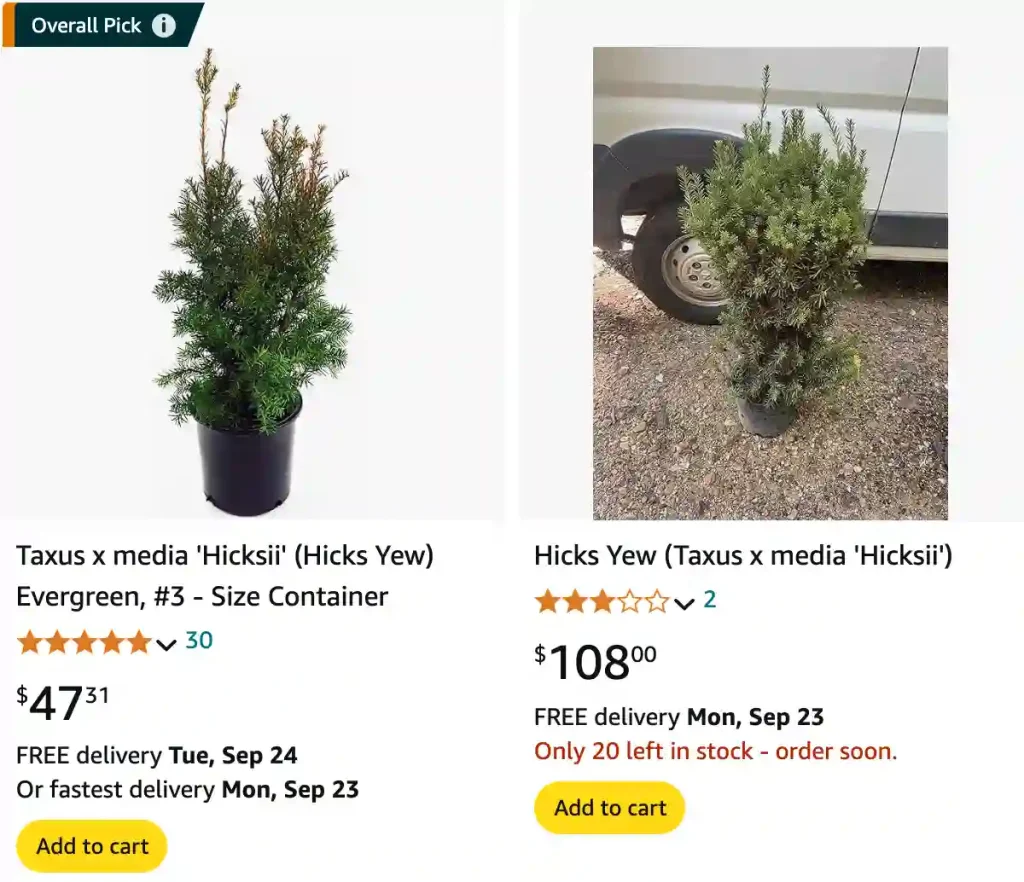
FAQs About Taxus Hicksii
Taxus Hicksii, commonly known as Hicks Yew, is a versatile and attractive shrub often used in landscaping. If you’re considering adding this plant to your garden, you might have several questions. I’ve compiled answers to some of the most frequently asked questions about Taxus Hicksii to help you make informed decisions.
13 Species in Genus Taxus
What is Taxus Hicksii?
Taxus Hicksii is a variety of Yew that is well-regarded for its dense, evergreen foliage and compact growth habit. This shrub, which can grow to about 6 to 10 feet tall and 4 to 8 feet wide, is known for its rich green needles and attractive, low-maintenance nature. It’s an ideal choice for hedges, foundation plantings, or as a specimen plant in the garden.
How to Care for Taxus Hicksii?
Caring for Taxus Hicksii is relatively straightforward. Here’s a quick guide:
- Light: Taxus Hicksii prefers partial to full shade. It can tolerate some sun but thrives in shaded areas, which helps it maintain its vibrant green color.
- Soil: It’s adaptable to various soil types but prefers well-draining soil. Acidic to slightly alkaline soil is ideal.
- Watering: This plant is quite drought-tolerant once established but benefits from regular watering, especially during dry spells. Ensure the soil is kept moist but not waterlogged.
- Fertilizing: Feed Taxus Hicksii with a balanced, slow-release fertilizer in early spring to promote healthy growth.
- Pruning: Regular pruning helps maintain its shape and encourages dense foliage. Prune in late winter or early spring before new growth begins.
How to Propagate Taxus Hicksii?
Propagating Taxus Hicksii can be done through cuttings:
- Timing: Take cuttings in late summer or early fall when the plant is still actively growing.
- Cutting Preparation: Use a sharp knife or pruners to take 4-6 inch cuttings from healthy stems. Remove the lower leaves.
- Rooting Medium: Place the cuttings in a pot with a mix of peat and perlite or sand. Keep the soil moist but not soggy.
- Temperature: Maintain a warm, humid environment for the cuttings. A temperature of 65-75°F (18-24°C) is ideal.
- Transplanting: Once the cuttings have developed roots, transplant them into larger pots or directly into the garden.
What to Plant with Taxus Hicksii?
Taxus Hicksii pairs well with a variety of plants:
- Shade-Loving Plants: Hostas, ferns, and astilbes complement its preference for shaded areas.
- Evergreens: Combine with other evergreens like Japanese Maple or Holly for year-round greenery.
- Flowering Plants: Consider planting shade-tolerant flowers like Bleeding Heart or Hellebores nearby to add seasonal color.
Is Taxus Hicksii Toxic?
Yes, Taxus Hicksii is toxic if ingested. All parts of the Yew plant, including the berries and foliage, contain taxine alkaloids, which can be harmful to humans and animals. Symptoms of poisoning include nausea, vomiting, and abdominal pain. It’s important to keep this plant out of reach of children and pets.
Benefits of Taxus Hicksii
- Low Maintenance: Once established, Taxus Hicksii requires minimal care, making it a great choice for busy gardeners.
- Evergreen Foliage: Its dense, evergreen needles provide year-round color and structure to your landscape.
- Versatile Use: Perfect for hedges, borders, and as a specimen plant. Its compact size makes it suitable for small spaces.
Common Problems with Taxus Hicksii
- Pests: Watch for aphids and scale insects, which can infest the plant. Regular inspection and treatment with insecticidal soap can manage these issues.
- Disease: Root rot and fungal infections can occur, particularly in poorly drained soil. Ensure proper drainage and avoid overhead watering.
- Winter Damage: In very cold climates, Taxus Hicksii may suffer from winter burn. Mulching and applying anti-desiccant sprays can help protect the plant.
How Does Taxus Hicksii Compare to Other Similar Plants?
Taxus Hicksii vs. Taxus Baccata:
- Size: Taxus Baccata, or English Yew, tends to be larger and more vigorous compared to the compact Taxus Hicksii.
- Growth Habit: While both have dense foliage, Taxus Hicksii is often chosen for smaller gardens due to its more controlled size.
Taxus Hicksii vs. Taxus Cuspidata:
- Climate Tolerance: Taxus Cuspidata, or Japanese Yew, is generally more cold-hardy compared to Taxus Hicksii, making it suitable for colder regions.
Taxus Hicksii vs. Boxwood:
- Growth: Boxwood generally has a more formal appearance and can be trimmed into precise shapes, whereas Taxus Hicksii offers a more natural, informal look.
- Light Requirements: Boxwood tends to prefer more sun compared to the shade tolerance of Taxus Hicksii.
Taxus Hicksii is a robust, versatile shrub that can enhance any garden with its lush, evergreen foliage. By understanding its care requirements and potential issues, you can ensure this plant thrives and adds beauty to your landscape.
If i die, water my plants!
